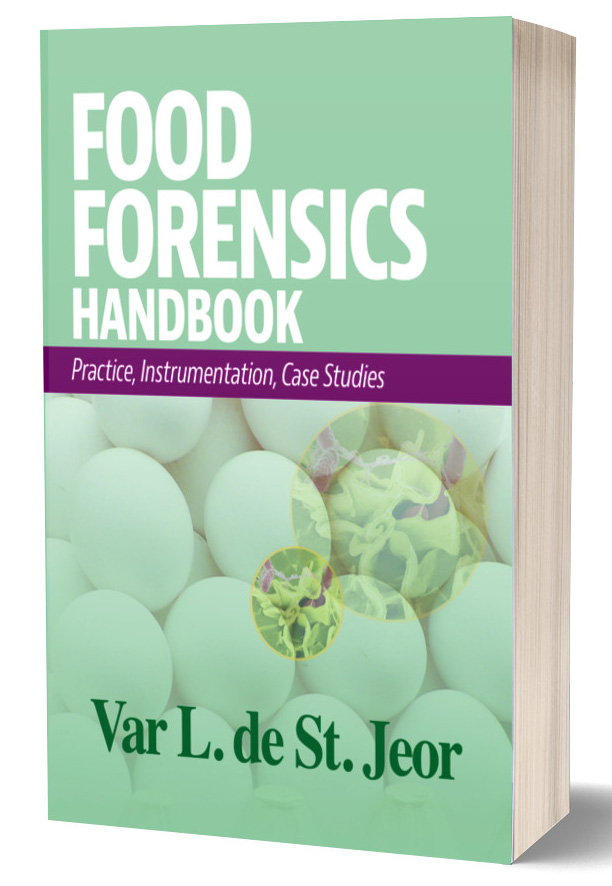GAO Says USDA-FSIS Should Work on Additional Standards for Salmonella, Campylobacter

Image credit: mrsiraphol via Freepik
A new report from the U.S. Government Accountability Office (GAO) acknowledges the recent efforts made by the U.S. Department of Agriculture’s Food Safety and Inspection Service (USDA-FSIS) to develop a regulatory framework for Salmonella in raw poultry, but says further action is needed, recommending that the agency develop and update additional standards for Salmonella and Campylobacter.
Additionally, GAO recommended that the memorandum of understanding (MOU) between FSIS and USDA’s Animal and Plant Health Inspection Service (APHIS) for coordinating foodborne illness outbreak response be improved.
The GAO report also underlined FSIS’ difficulty with improving the sanitation awareness and practices among employees in both small and large plants. GAO suggested actions FSIS could take to support plants in achieving compliance with sanitation requirements, such as providing educational materials or signage.
Delayed Work on Proposed Pathogen Standards for Meat and Poultry Products
Improving federal food safety oversight has been on GAO’s “high risk” list of programs and operations since 2007. GAO previously reported on USDA’s actions to reduce foodborne pathogens and FSIS’ challenges in 2014 and 2018, finding that, in 2018, FSIS implemented recommendations from the 2014 report but had not yet set pathogen standards for many widely available products. Since 2018, FSIS has designated Salmonella as an adulterant in not ready-to-eat (not RTE), raw, breaded and stuffed chicken products, and although the agency has progressed the development of a new regulatory framework for Salmonella in raw poultry, FSIS paused work on several other standards. According to the GAO report, work on the following proposed standards has been paused:
- Proposed standard for Salmonella in raw ground beef and beef trimmings, proposed in 2019 and last updated in 1996, when the initial standard was set
- Proposed standard for Campylobacter in not RTE comminuted chicken, proposed in 2019 and last updated in 2016
- Proposed standard for Campylobacter in not RTE comminuted turkey, proposed in 2019 and last updated in 2011 and 2016, for carcasses and comminuted turkey, respectively
- Proposed standard for Salmonella in raw, comminuted pork and pork cuts, proposed in 2022 with no existing standards.
FSIS told GAO that, after finalizing the framework for Salmonella in raw poultry, the agency will use a similar approach to the development of the other standards; however, FSIS did not have an estimate for when the Salmonella framework would be finalized, nor did the agency have a prioritization plan or timeline for finishing the other standards. In this context, GAO recommended to FSIS that the agency develop a prioritization plan for tackling the remaining pathogen standards, and to inform the prioritization plan, review the public health impacts of delaying proposed pathogen standards for Salmonella and Campylobacter.
Unclear Pathogen Outbreak Investigation Responsibilities Between FSIS and APHIS
The GAO report also called attention to another hurdle FSIS faces in protecting the U.S. meat and poultry supply from foodborne pathogens—its limited control outside of the slaughter and processing plants it oversees. Specifically, USDA-APHIS has jurisdiction over farms, where pre-slaughter contamination of food animals can occur. In 2014, FSIS and APHIS signed an MOU for coordinating responses to foodborne illness outbreaks, but it does not identify or detail the agencies’ responsibilities in addressing and responding to specific pathogens. Therefore, GAO recommends that FSIS and APHIS update their MOU, or create a new agreement, to clearly identify pathogens of concern and each agency’s responsibilities in coordinating and responding to these pathogens’ occurrence during outbreak investigations.
Looking for a reprint of this article?
From high-res PDFs to custom plaques, order your copy today!







